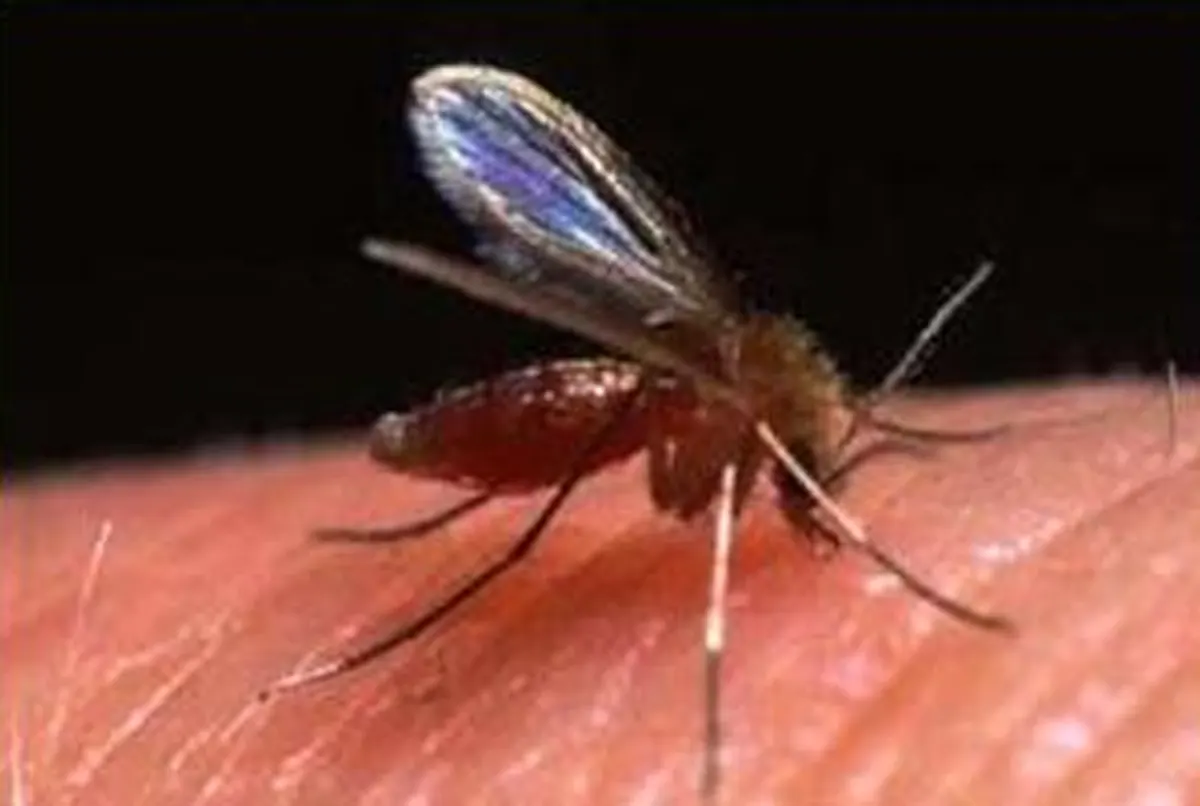Leishmaniasis denotes diseases caused by protozoa belonging to genus LEISHMANIA and consists of number of diseases but the important one are:
1. Leishmania donovani causing visceral type (Kala azar)
2. L. Tropica major and minor causing oriental sore.
3. L. Mexicana and L. Braziliensis responsible for cutaneous and muco cutaneous.
The organisms responsible for these conditions are generally identical and are distinguished only by isoenzyme patterns or DNA buoyant densities or chromosomal karyotyping. The life cycle of the parasite consists of two stages.
The parasite Leishmania Donovan body in its amastigote form is non-motile, rounded and resides in the macrophages and reticulo endothelial cells of the liver, spleen, bone marrow, lymph nodes of man and animals like rodents, dogs and other mammals.

The organisms multiply within the cell until it ruptures and then are released into circulation. It is spread when female sandfly of the genus phlebotomus feeds on the infected blood. These are transformed into leptomonoid forms (Promastigotes) in the digestive tract of the sandfly. These have flagella and are actively motile.
The development of these kinds in sand-fly takes about 10 days. These are injected into humans during the bite of the sand-fly. These motile leptomoid type attack the reticulo endothelial cells of humans and undergo transformation into L. Donovoni forms.
The infections are of world wide distribution and are endemic in the tropical and subtropical countries. There are an estimated 12 million cases worldwide and 1.5 to 2 million new cases occur every year. Cutaneous type are most common and about 500,000 cases of visceral Leishmaniasis (kala-azar) occur every year.